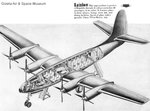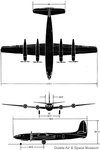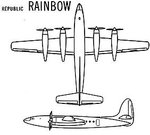loomaluftwaffe
Tech Sergeant
- 1,840
- Dec 20, 2005
i wish i knew
ok anyways you do have many typos
ok anyways you do have many typos
Follow along with the video below to see how to install our site as a web app on your home screen.
Note: This feature may not be available in some browsers.
Ad: This forum contains affiliate links to products on Amazon and eBay. More information in Terms and rules
loomaluftwaffe said:i wish i knew
ok anyways you do have many typos

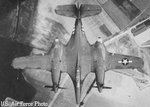

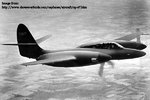


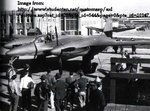


i agree completely, looks so sexythe lancaster kicks ass said:this's always been one of the few american planes i like the look of, it does look great...........

